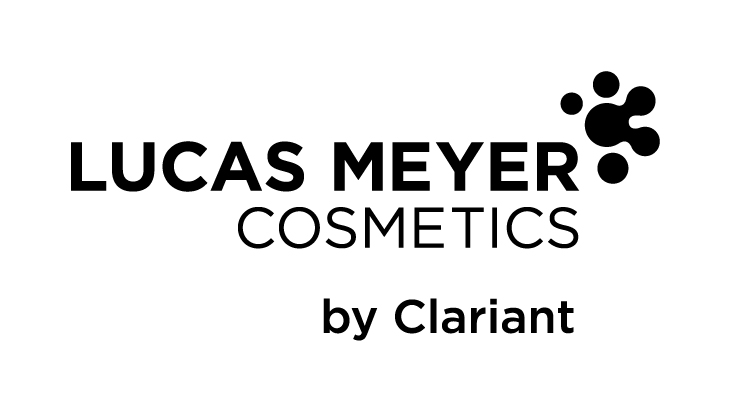UV protection is coming increasingly under the microscope as companies work to improve the ability of products to protect consumers from exposure to the sun. John Woodruff reports on some of the latest scientific developments
When the use of UV absorbers in everyday skin care products is taken into account, protection against solar radiation continues to be the most active area of cosmetic formulation. The American Cancer Society predicted that melanoma skin cancer would be diagnosed in about 70,230 persons in the US resulting in 8,790 deaths in 2011. However the death rate from melanoma has been decreasing by 3% per year in men younger than 50 and by 2.2% per year in women. This decrease may be attributed to a better understanding of the risks involved when exposed to the sun and the increased level of care taken by the general population, including the use of sunscreens. It is thought that the use of sun beds is responsible for the slower rate of decrease in young women.
Trends in sunscreen formulation make interesting reading. Thirty years ago sunburn preventative agents were defined as sunscreens which absorbed 95% or more of UV radiation within wavelengths 290nm–320nm. Suntanning agents absorbed at least 85% radiation between 290nm–320nm but transmitted UV above 320nm to produce a light transient tan. Apparently some erythema was to be expected but without pain.[1]
When that book was written, PABA derivatives and benzophenone-3 were the most popular sunscreens, SPF10 was considered high protection and SPF15 was termed ultra protection. Titanium dioxide and zinc oxide were used in their pigment forms and were not popular. Ten years later micronised oxides were making a substantial impact, methods for determining SPF were being standardised and an in vitro method for determining UVA was being developed.[2] It was at this time that the harmful effects of UVA were being fully understood and Boots introduced its star rating system to indicate the level of UVA protection given as a proportion to the UVB rating or SPF of the composition.
1995 saw the launch of the UVA Conference in London,[3] which has been repeated every two years and, as its title suggests, UVA was the overriding theme. It was at about this time that the problem of UV absorber instability was being realised, an issue that continues to be of concern. Also receiving attention at this conference was the emergence of microfine titanium dioxide as a sunscreen and this technology was the main topic at the UVA Sunfilters Conference in 1998.[4]
Another aspect receiving much attention in the 1990s was that of water resistance, its measurement and the claims for it on products. Ethyl methoxycinnamate was the UVB organic filter of choice but a mixture of regulations, patents and instability problems was inhibiting UVA protection. These problems are still real when formulating sun protection products today and various suggestions for overcoming them is a principal theme of this feature.










